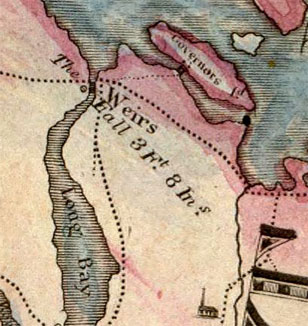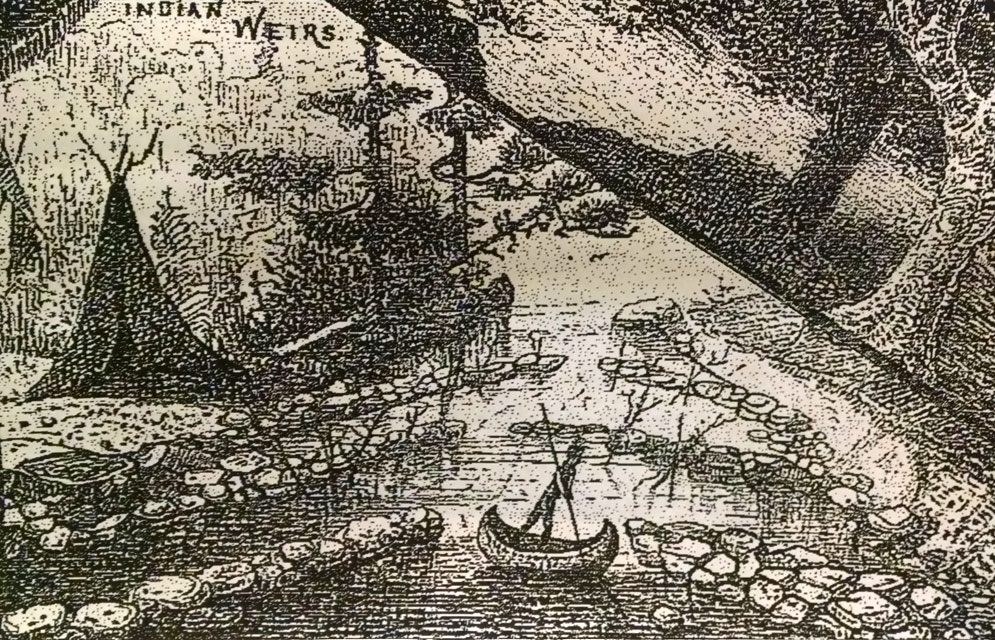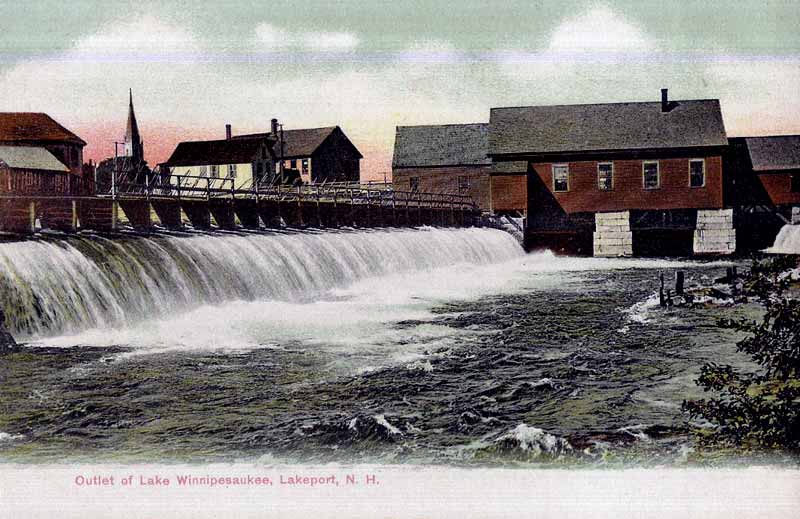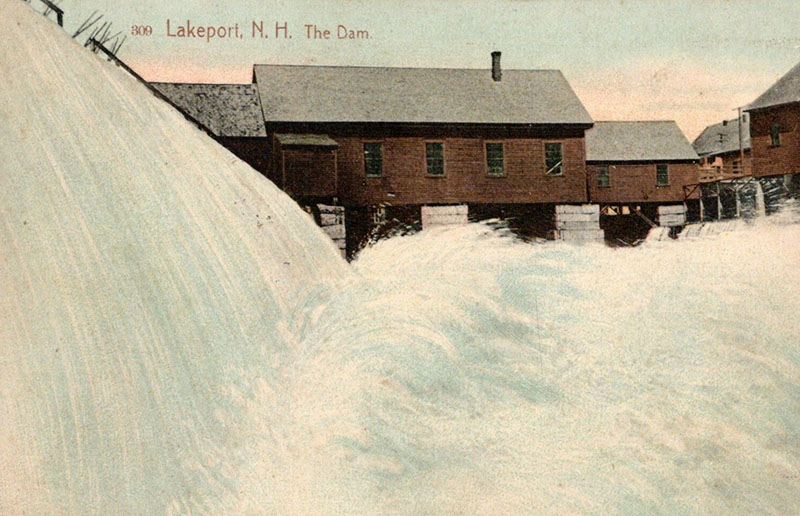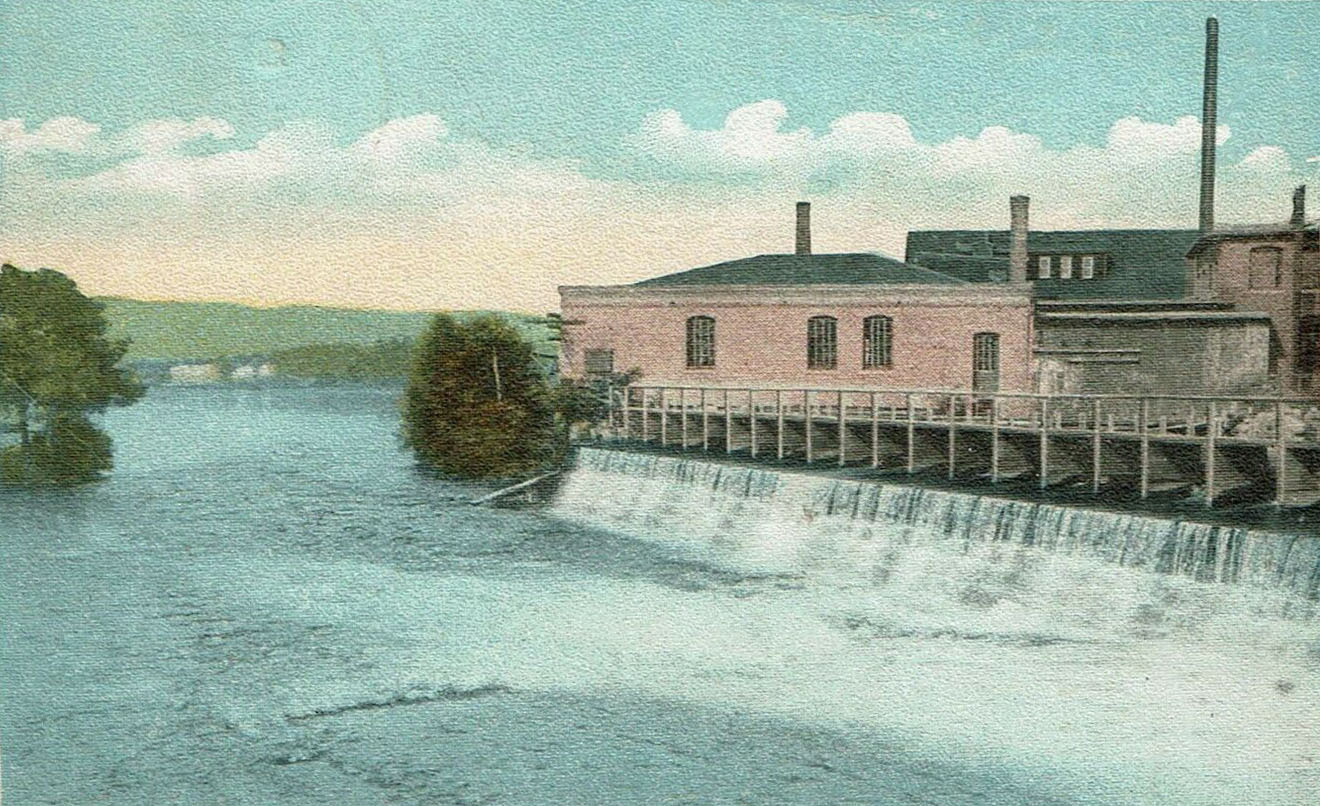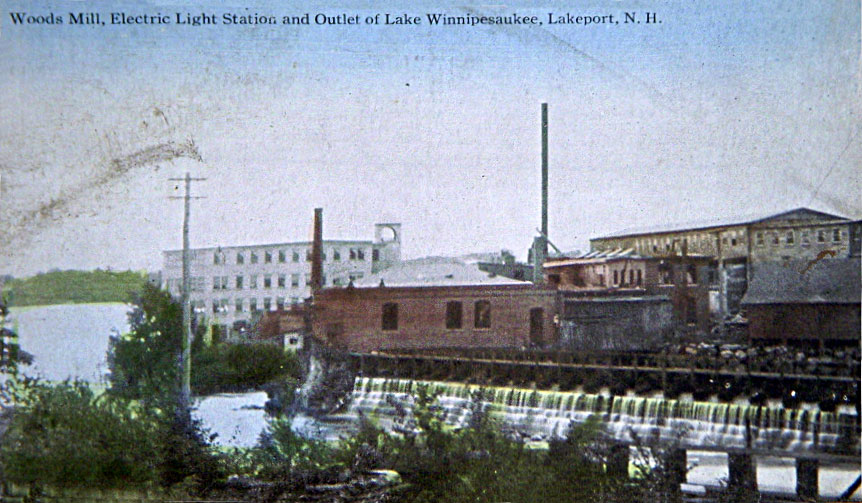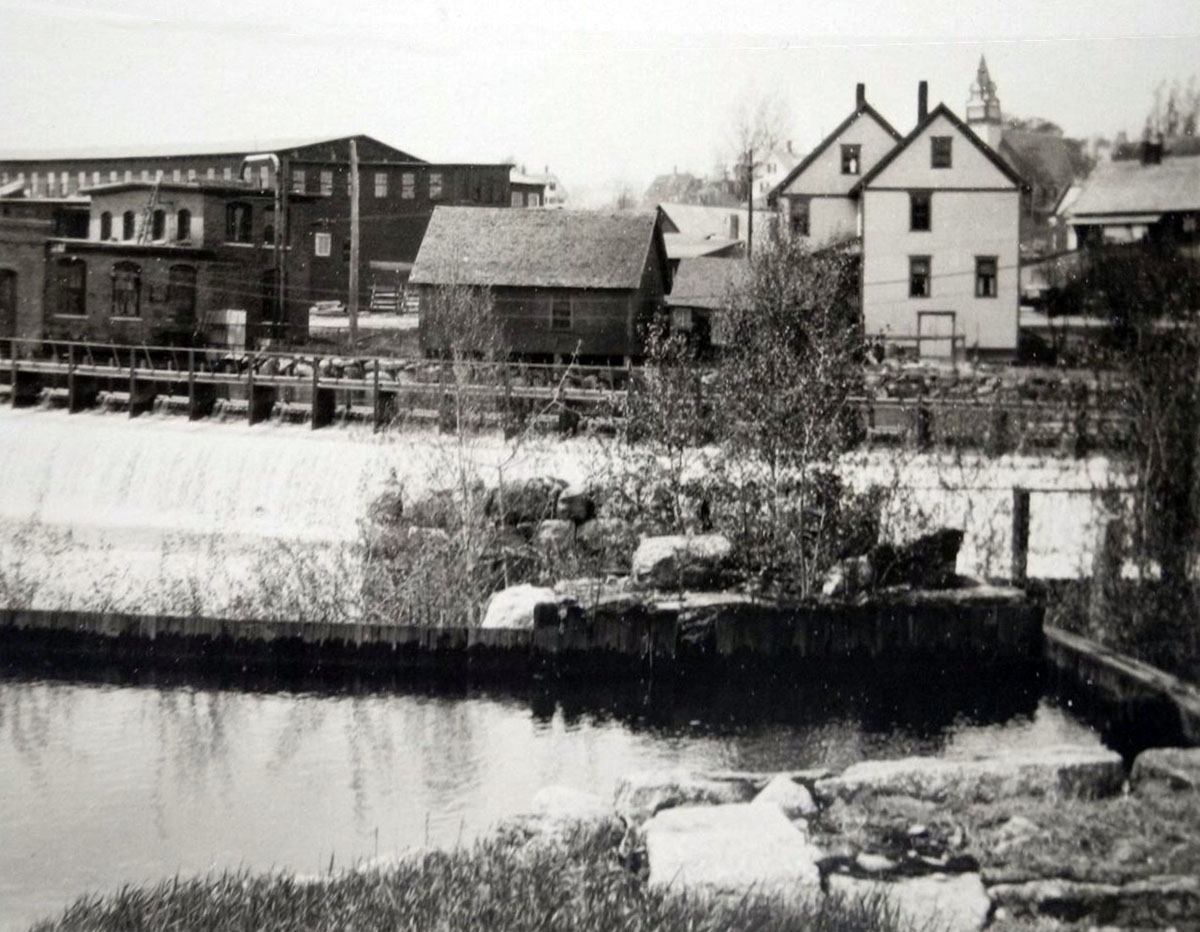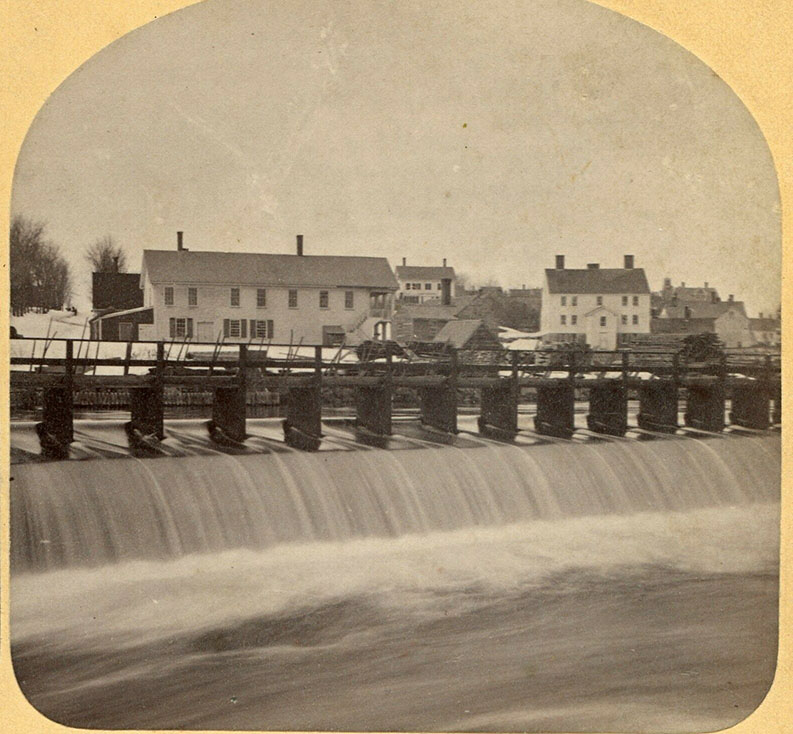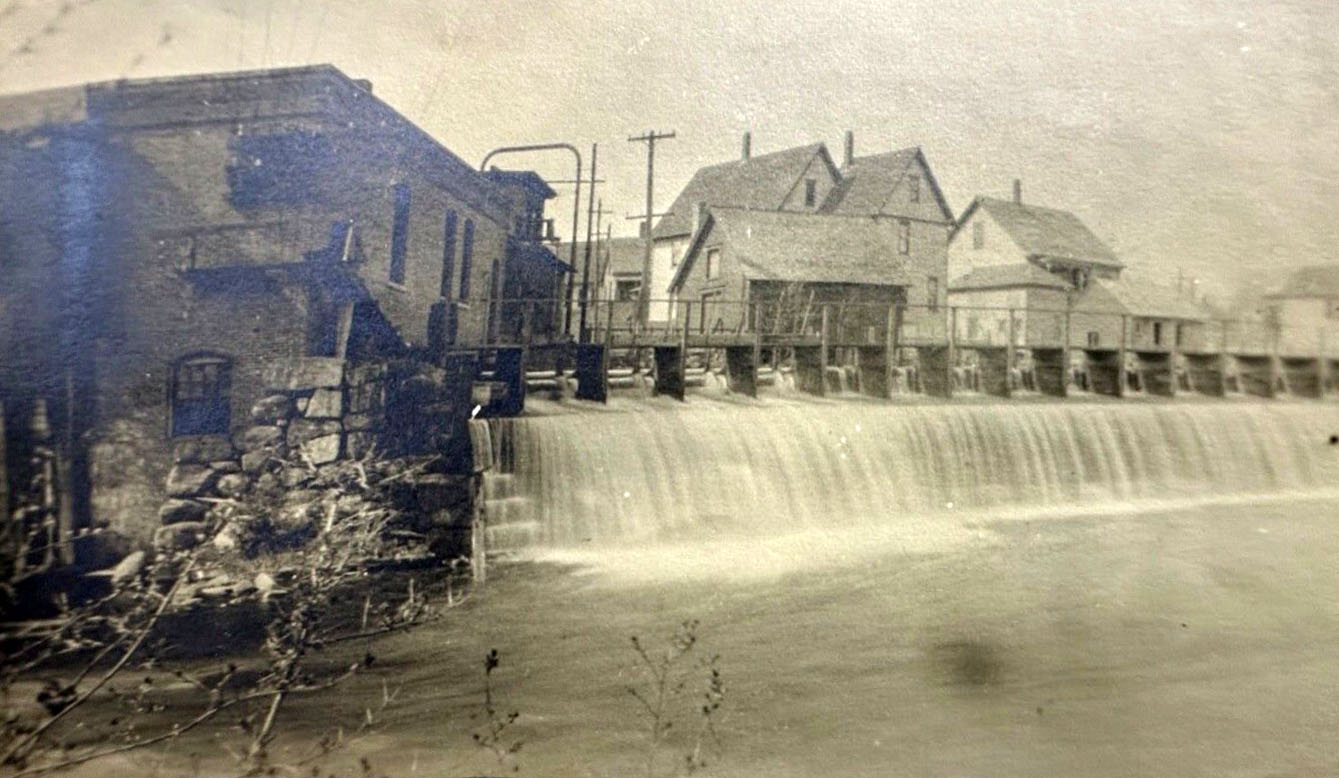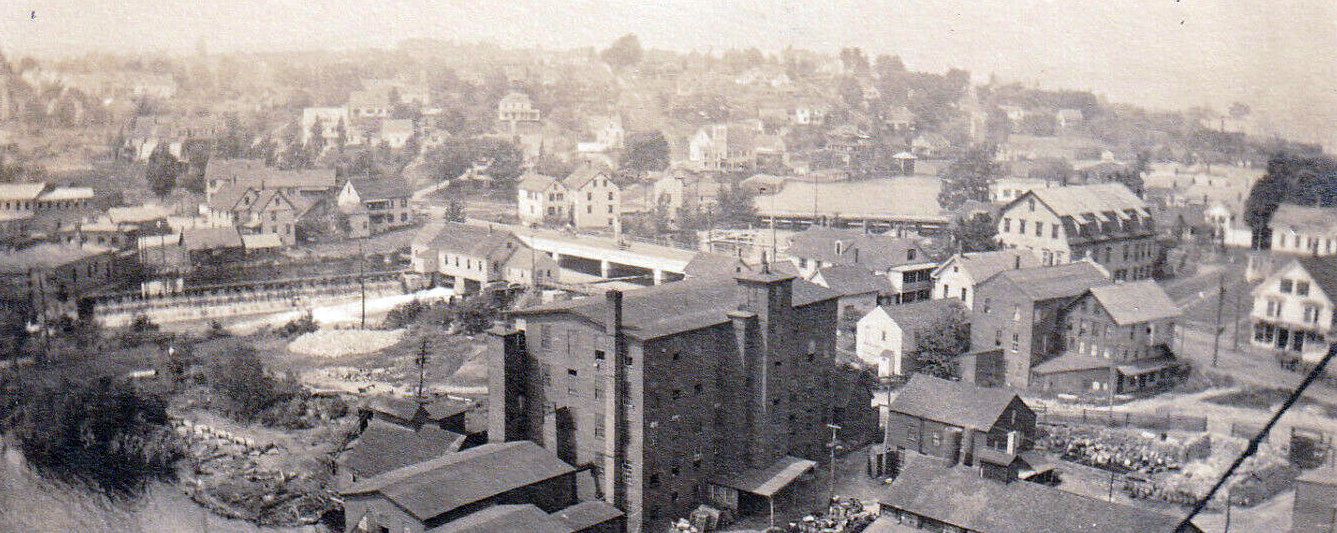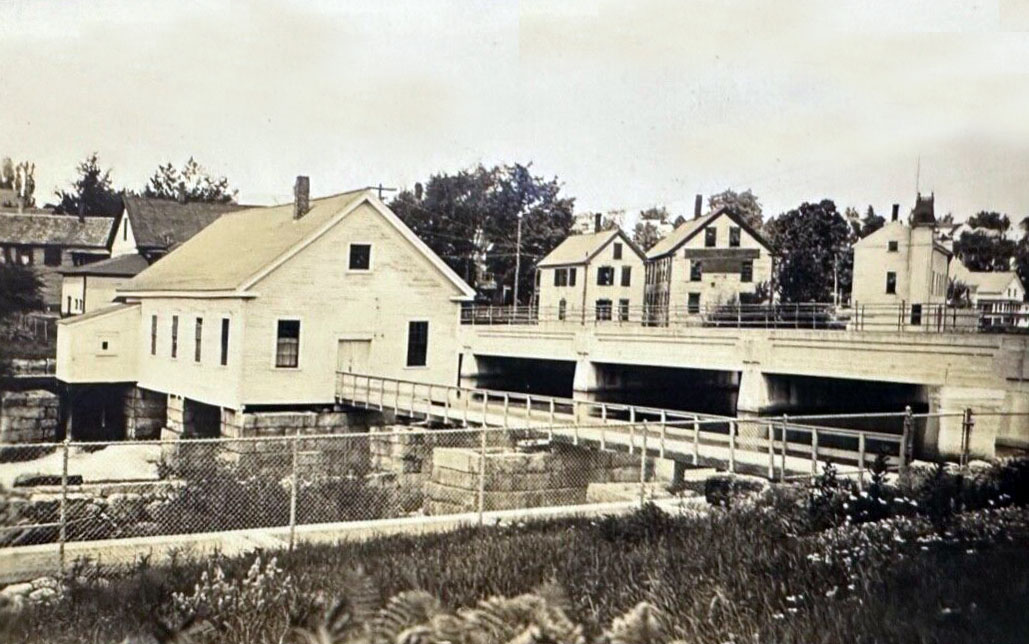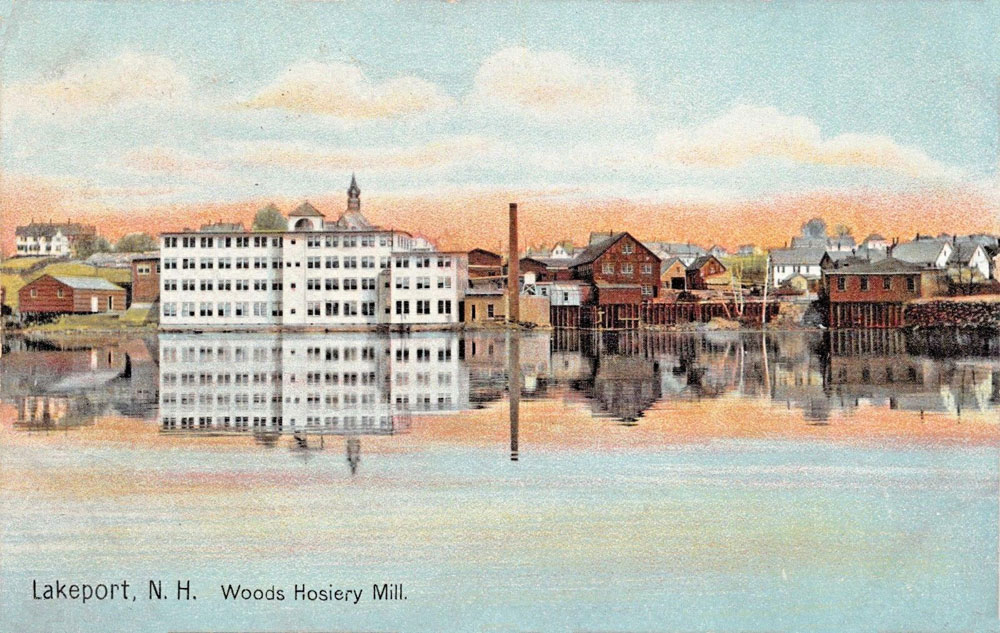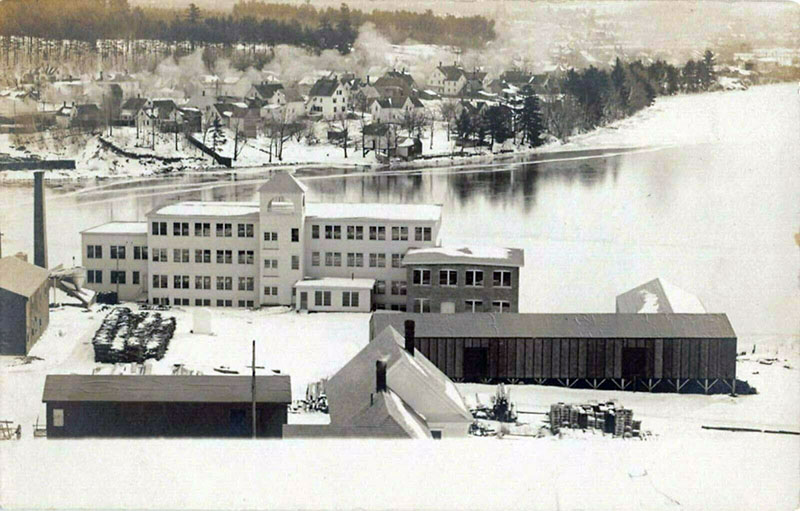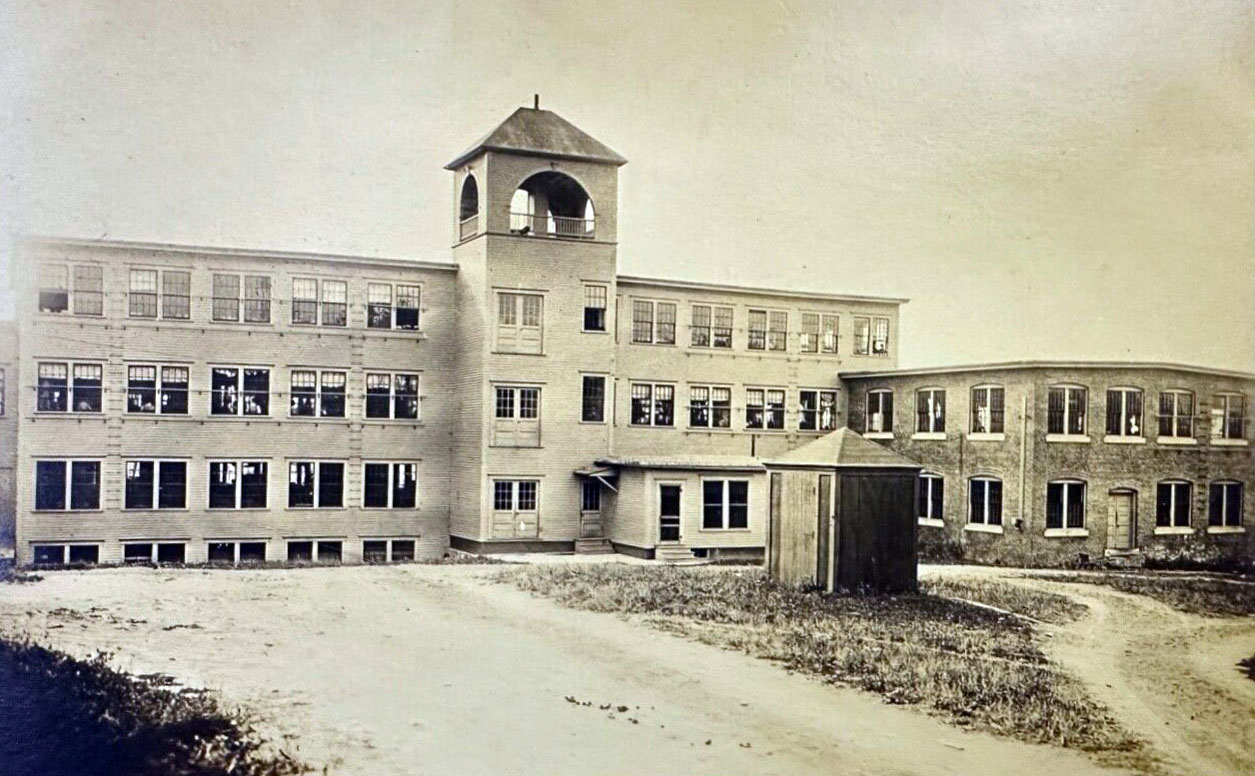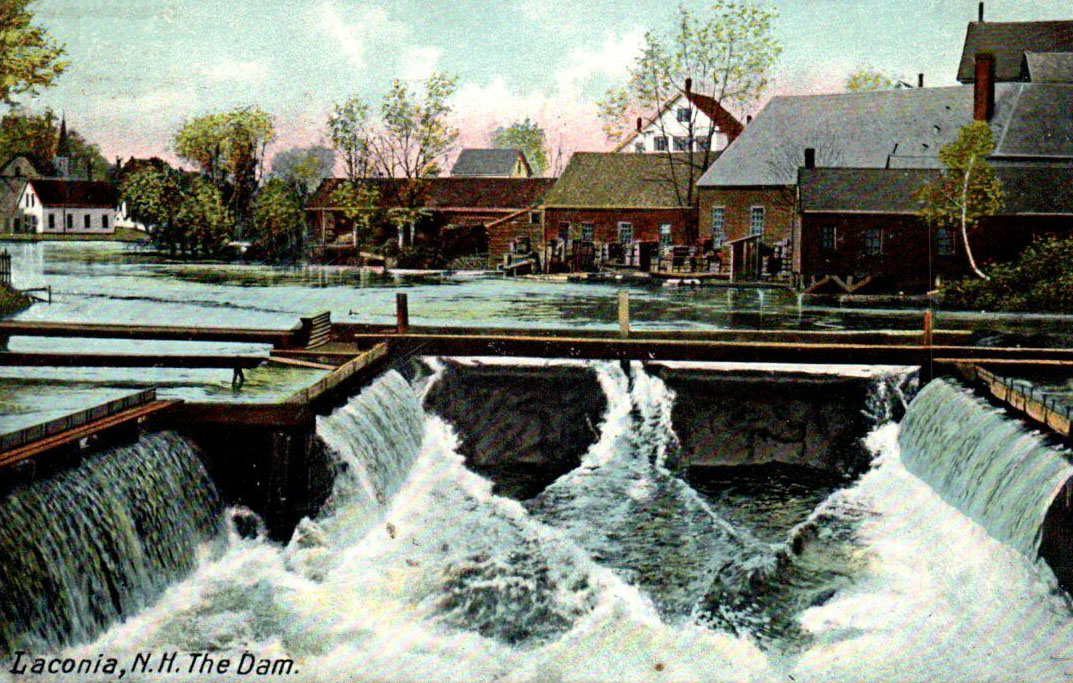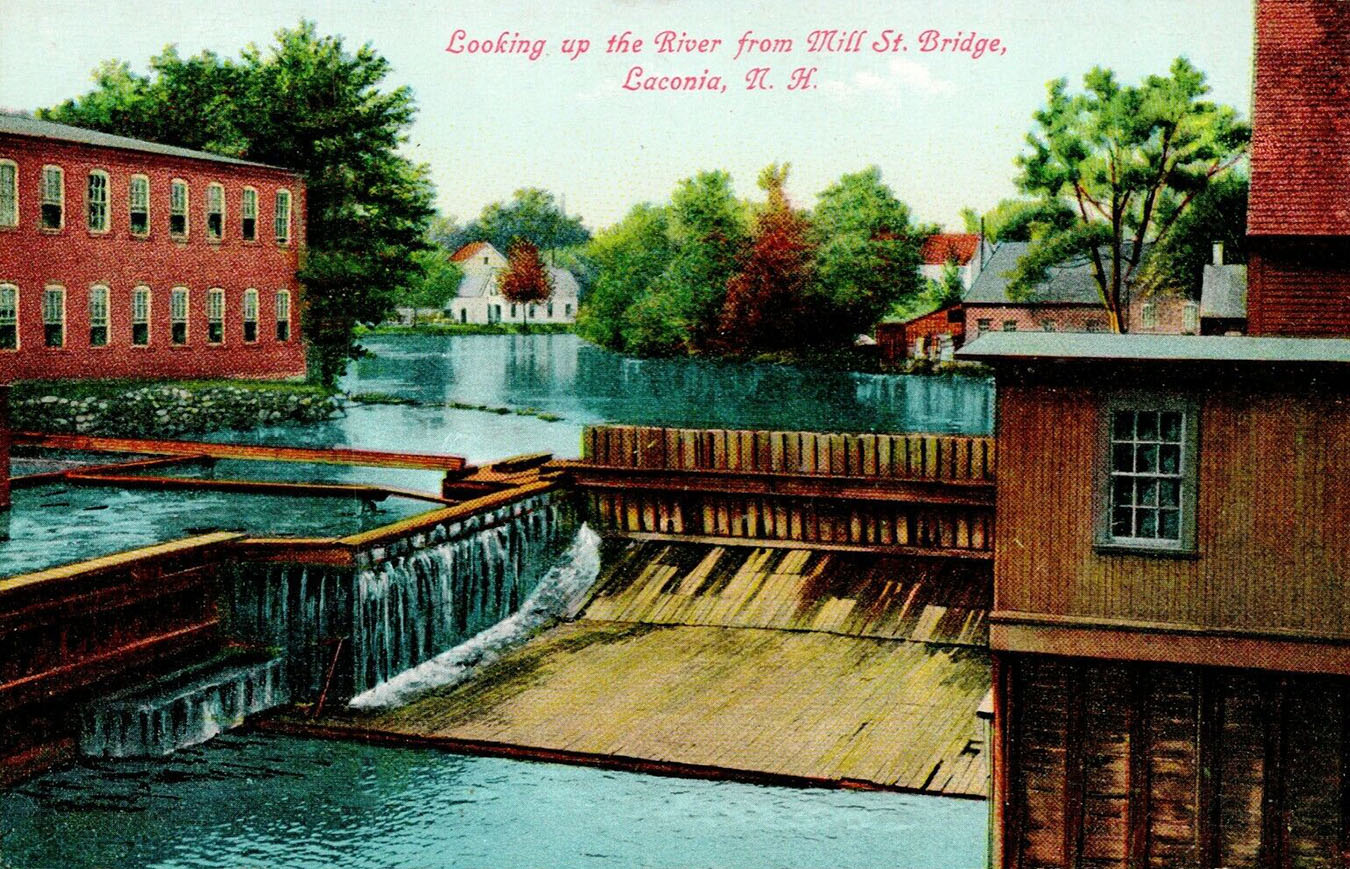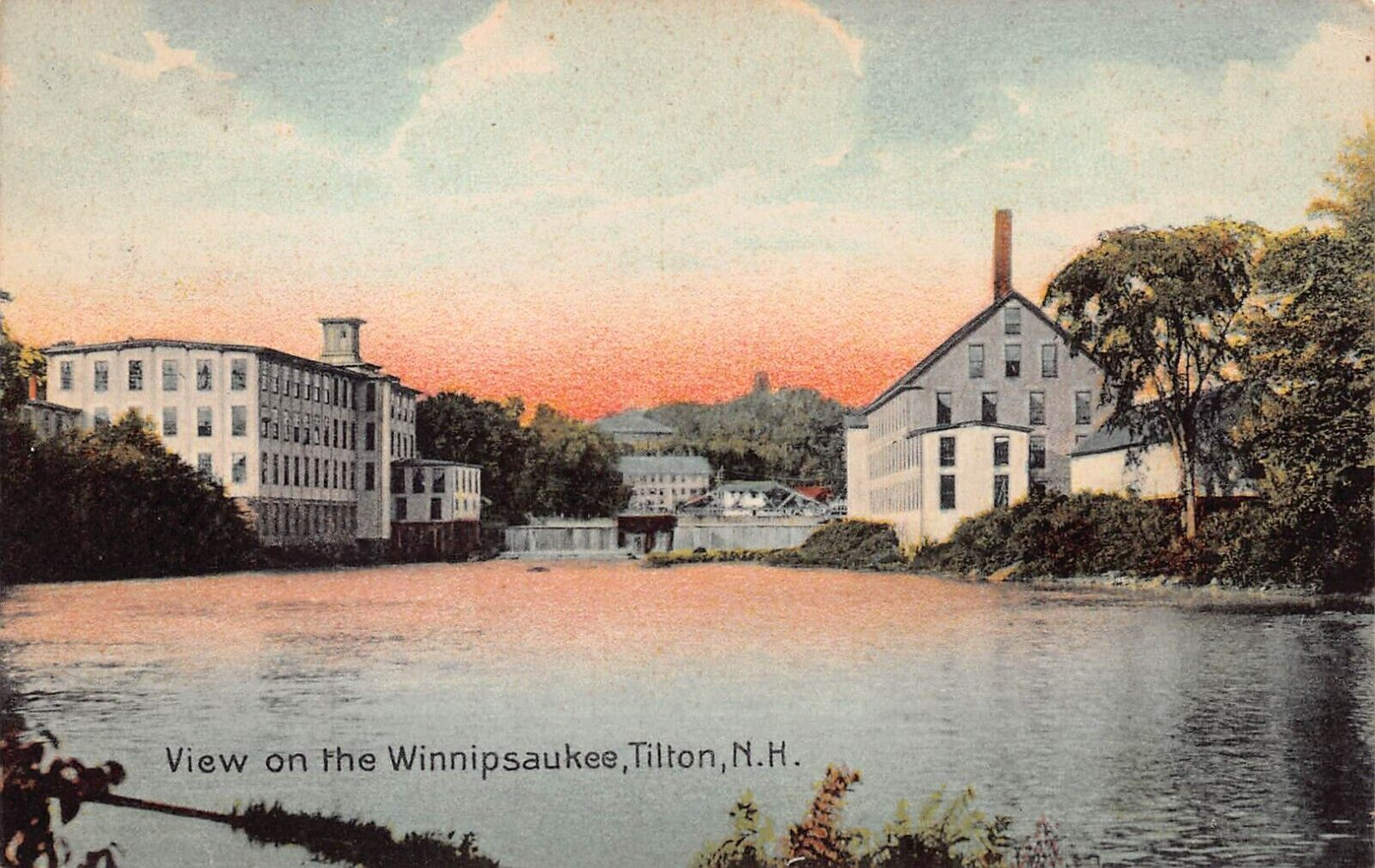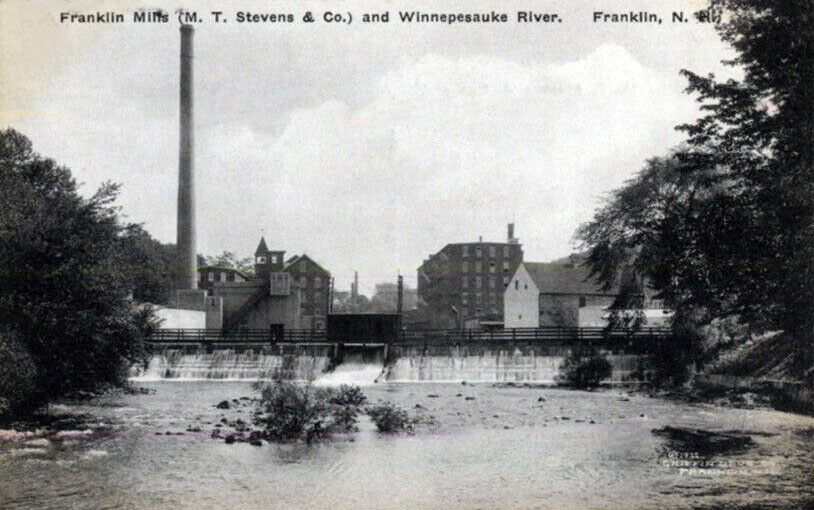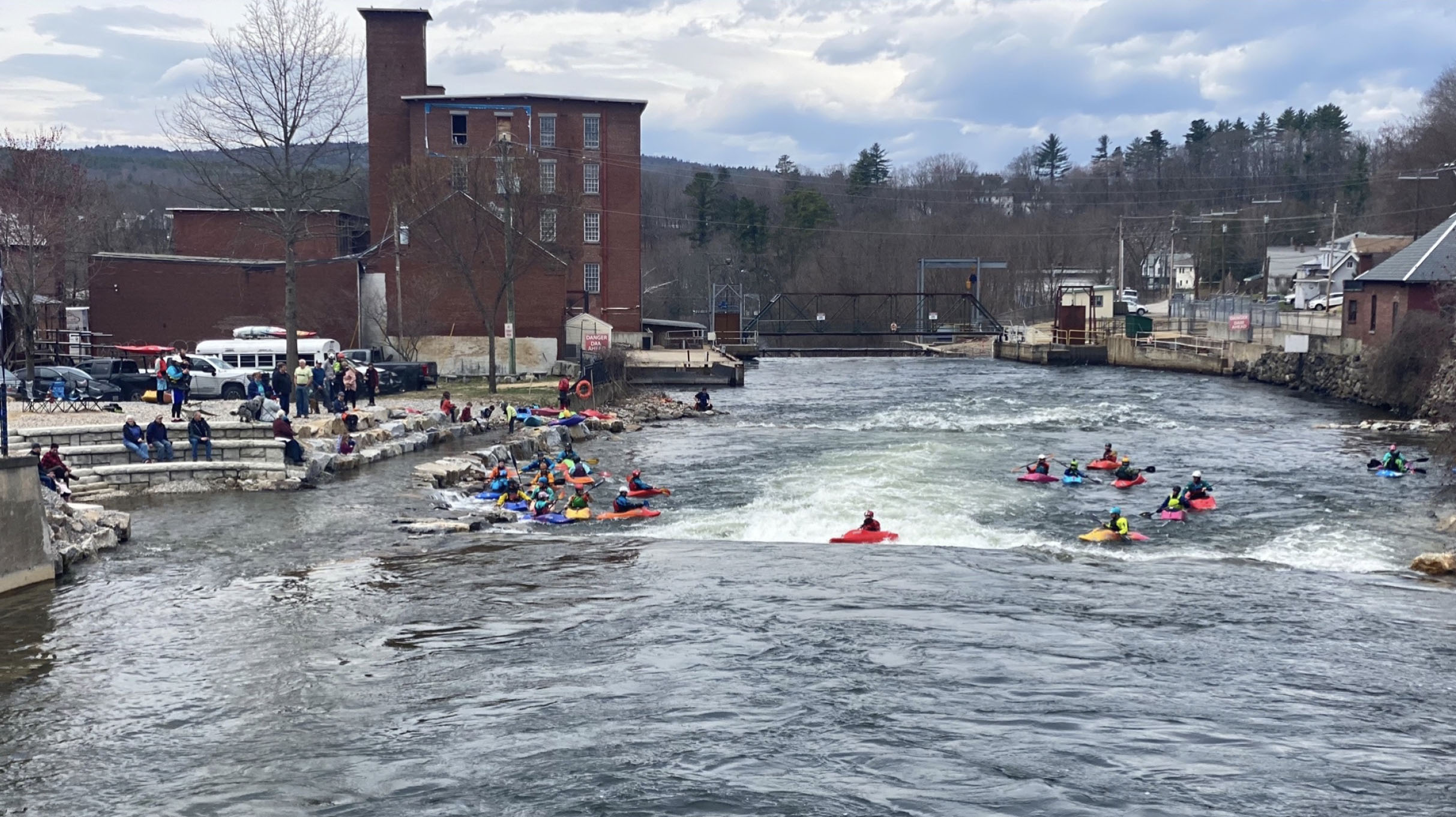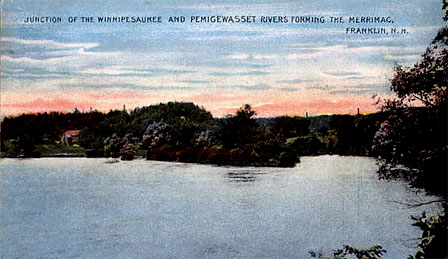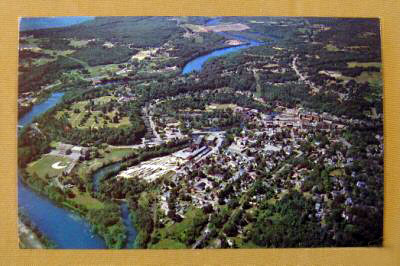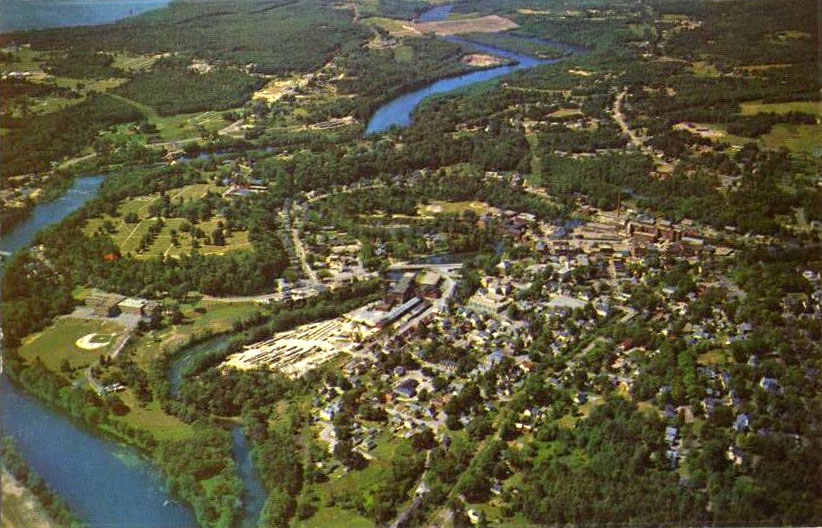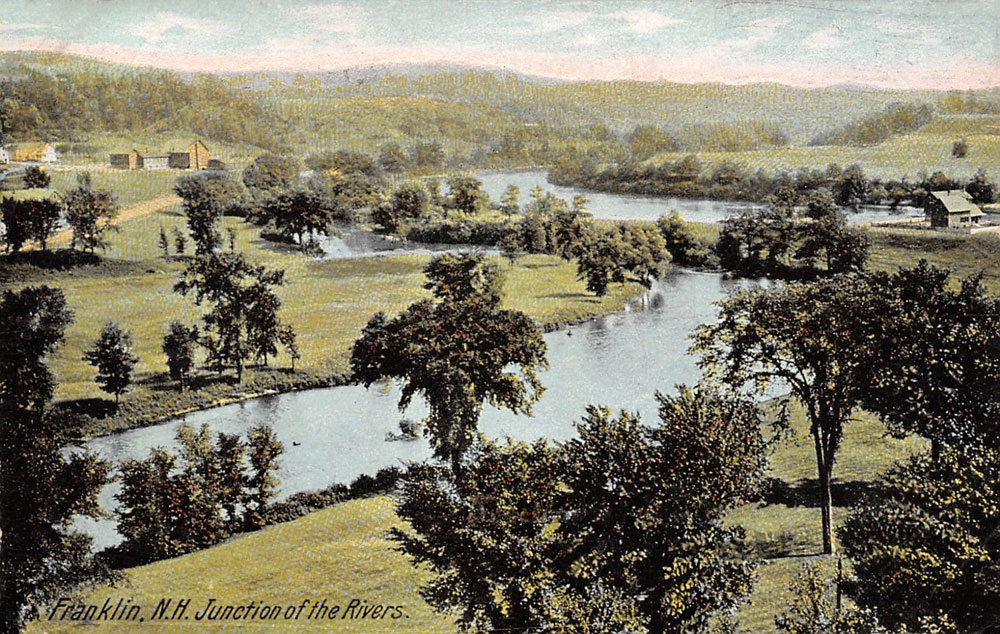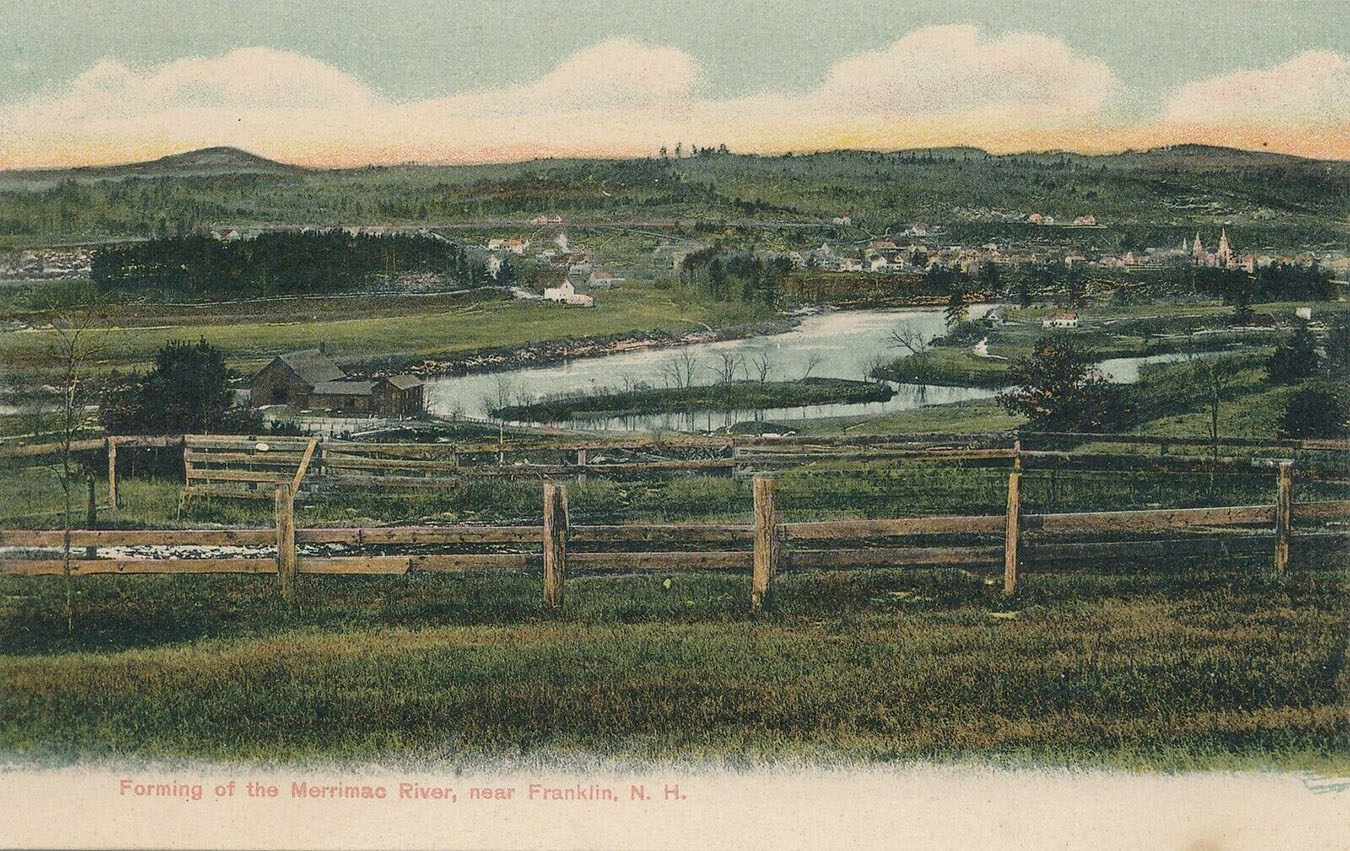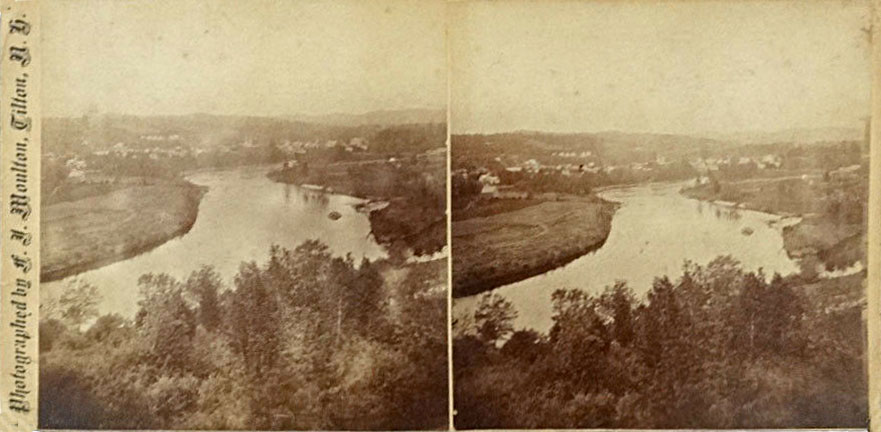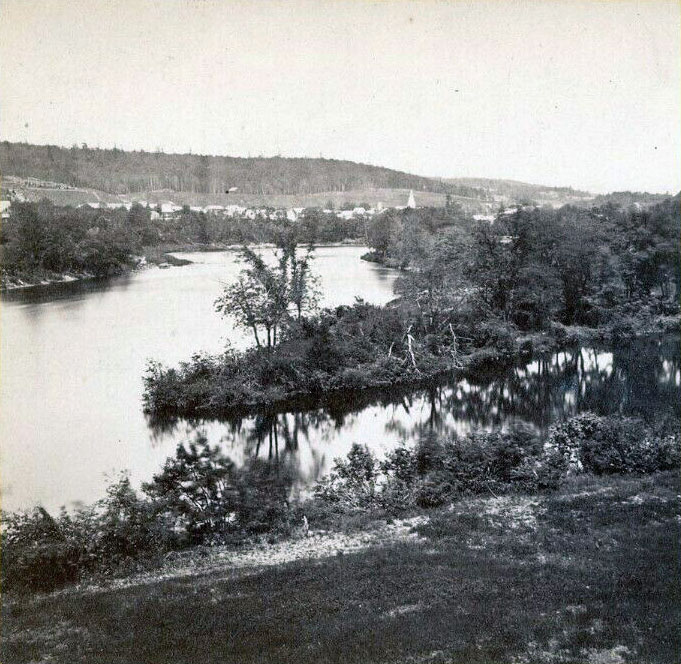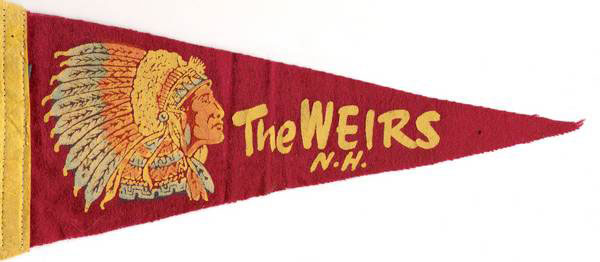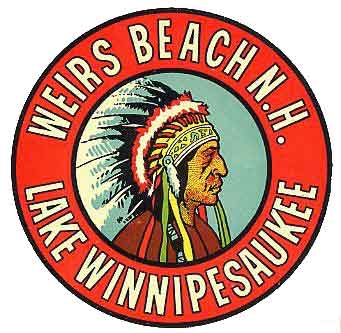Natives
When did Native Americans inhabit Weirs Beach?
Weirs Beach has been habitated for thousands of years. A 1976 archeological excavation at the beach, led by Charles Bolian, a Professor of Anthropology at the University of New Hampshire, found that Native Americans used the area as a summer camp for hunting and fishing as long ago as 8000 B.C! (The Aquedoctan archeological site at the beach was added to the National Register of Historic Places in 1975.)
The campsite extended in a long arc along the lake and along the Western shoreline of the Weirs Channel, roughly from today’s Winnipesaukee Pier to today’s Winni Marine. Before the original Lakeport dam was built around 1766, the level of the Lake was roughly 5′-12′ lower than it is today, so much of the original campsite is now under water! Around 1000 B.C. the inhabitants began living there in a year-round village rather than just camping there during the summer. The location provided a source of year-round water, as the Channel does not freeze in the winter, and it was well buffered from winter winds by the mass of Brickyard Mountain.
The native tribe of Winnepiseogees shared their name with the Lake, belonged to the Pennacook confederacy, and were ethnically Western Abenakis, who were part of the Algonquian peoples. They called their village Agua-dak-‘gan (Aquedoctan), meaning “a landing for portage” (agua-dak, a landing, and ‘gan, short for wnigan, portage). (The older, probably incorrect interpretation of the name was that Aquedoctan meant “a place of good fishing”. A newer interpretation of the name spells it as Adelahigan and the meaning as “barring-the-way-thing”.) However, according to Frederick Matthew Wiseman, a Native American and author of “The Voice of the Dawn: An Auto-history of the Abenaki Nation”, the village was actually named Nonegonnikon Wiwinebesaki, meaning “a village at the lake in the vicinity of which there are other lakes and ponds”, from wiwini, (around, in the vicinity), nebes (lakes or ponds), and aki (region or territory) – literally, Lakes Region Village. For more about the meaning of the name of the Lake, click here.
For fishing, they built a special type of basket, called a WEIR, (also known as an Ahquedakenash) to capture the abundant fish (shad) that migrated through the Weirs Channel on their 128 mile journey from Lake Winnipesaukee to the Merrimack River to the sea. Several WEIRS went into the channel to block the shad from passing through, effectively trapping them. The original fishing WEIRS had been made of stone walls in the form of a “W”and stretched across the entire width of the channel. The bottom two points of the “W” pointed towards Paugus Bay and were utilized during the late summer Shad down-river migration, while the middle point of the “W” pointed toward the Lake and was utilized during the spring up-river Shad migration. The points of the “W” were “…left open a few feet for the water and fish to pass through. A short distance below the opening another wall was built in a half-circle, and into the spaces was placed wicker-work, made of small saplings, through which the water could easily flow, but fine enough to entrap fish of any considerable size.” The stone walls, sturdy enough to last hundreds of years, were only partially destroyed by the several miller’s dams that were built in the Weirs Channel from 1766-1829 and an 1833 dredging project. They were still in evidence until the dredging of the Weirs Channel in the early 1950’s.
The adult Shad migration from the sea to the Lake peaked during the first two weeks of June; while the young Shad migration from the Lake to the sea peaked during the late summer. It is unknown exactly when the Shad ended migrating to and from the Lake, however, it is clear that the many dams, as well as canals and locks, built in the 18th and 19th centuries along the Merrimack and Winnipesaukee River caused the migration to collapse. In 1789, an estimated 830,000 shad were caught in the Merrimack; but by 1888, the Merrimack catch was zero.
The Lowell and Lawrence mills in Massachusetts, recognizing that control of the Merrimack’s sources in New Hampshire was crucial to the water delivery system which powered the mills, joined forces in the 1840’s to buy rights to the waters of Lake Winnipesaukee, Newfound Lake, and Squam Lake. Even today, the Merrimack still supplies power to cities and industry, via five hydroelectric dams on the river, and almost 100 small power projects. The Anadromous Fish Conservation Act of 1965 led to a joint, multi-state and federal effort to restore migratory Merrimack fish such as shad. The Merrimack River Anadromous Fish Committee is comprised of the Massachusets Division of Marine Fisheries; the Massachusetts Division of Fisheries and Wildlife; the New Hampshire Department of Fish and Game; the US Fish and Wildlife Service, the National Marine Fisheries Service, and the US Forest Service.
The first two obstructions on the river are the Essex Dam in Lawrence, and the Pawtucket Dam in Lowell. While these two dams have had fish passages since the 19th century, they simply did not work. When the restoration effort began, in 1969, shad were brought by truck from below Lawrence and released above Lowell to continue their journey. The completion of modern fish lifts in 1982 (Essex) and 1986 (Pawtucket) has allowed shad to move naturally upstream as far as Manchester after more than a century’s absence. In 1989, the Amoskeag Dam in Manchester completed its modern fishways. To make their way past Manchester, upstream to the junction of the Winnipesaukee River and Pemigewasett River in Franklin, now seems possible.
On the Merrimack, the only remaining obstacles are the Hooksett Dam and the Garvin Falls Dam in Bow. (The Sewalls Falls Dam in Concord, now a public park, was breached on April 7, 1984, and is no longer an obstacle.) Downstream fish passageways were built at the Hookset and Garvin Falls dams in 1988. On May 18, 2007, PSNH received a new 40-year license from the FERC (the Federal Energy Regulatory Commision) for its 3 dams on the Merrimack. PSNH was required to build an upstream fish passageway at Hooksett after 9,500 shad passed Amoskeag Station, and an upstream passageway at Garvin Falls after 9,800 shad passed Hooksett. (Since 2018, the three dams have been owned by Central Rivers Power, also known as Patriot Hydro.) A fish count, dated 7/13/2011, showed that only 1,198 shad had made it past Pawtucket.
If the shad ever do make it to the head of the Merrimack, and continue on to the Winnipesaukee River, the Steven Mills Dam in Franklin, also known as the Franklin Mills Dam (see photo below) (not to be confused with the other two dams in Franklin, the Eastman Falls and Franklin Falls dams, both on the Pemigewasett); the Clement Dam in Tilton, the Lochmere Dam in Belmont, the Avery Dam in Laconia, and the Lakeport Dam, will all remain formidable obstacles to the shad making it all the way back to Lake Winnipesaukee. Prior to construction of the hydroelectric portion of the Lakeport Dam in 1984, river eels were migrating from the Lake to the sea, despite all the dams. A 1984 article noted that “in previous year the eels went over the dam…this year they are being channeled through the turbines and the blades are cutting them to pieces.”
The original Avery Dam in Laconia was built in 1791. Made of wood, the dam provided power for Laconia’s mills and other industries for over a hundred and fifty years, until it was replaced in 1949, by the current concrete structure. An interesting walking tour, taking in the dam and other historical structures along the Winnipesaukee River, is described here.
Aerial and other views of the river junction in Franklin. The confluence of the Pemigewasset (larger river on the left) and the Winnipesaukee (narrow river on the right) are just off the aerial photos in the bottom left corner.
In 1871, Martin A. Haynes, publisher of the Lake Village [Lakeport] News, proposed the new name Paugus for Long Bay, “in honor of the old Indian chieftain who once ranged this region and the country to the North of it.” Hayne’s friend and associate, Professor J. Warren Thyng, proposed the name Opechee for Round Bay, as robins “used to be numerous in the vicinity”, and “Opechee meant robin in the Indian language”. The two names stuck. The Professor had come across the word Opechee in Henry Wadsorth Longfellow’s The Song of Hiawatha. One of Longfellow’s most recognizable works, The Song of Hiawatha is based on an accumulation of Native American stories and legends. However, Opechee is a word taken from the Sioux language, not the native Abenaki’s.










